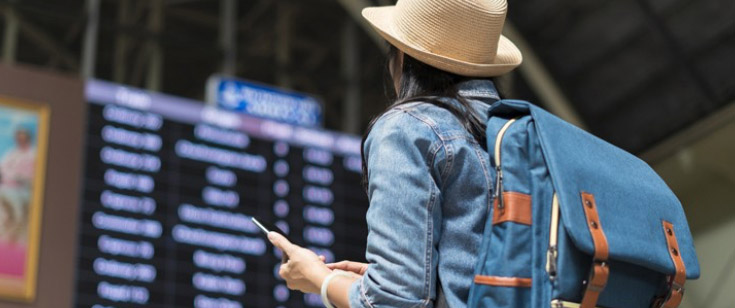Night had fallen on Griffith Park, and Gerry Hans and I were hiking just below the top of Mount Hollywood when he stopped in his tracks.
“Did you hear that?” he said.
I shook my head. I heard the faint murmur of music and the low hum of cars. But Hans was referring to something else. We’d been chatting about park denizens that come out at night: owls, bobcats, and, of course, P-22, the mountain lion that’s famously stalked these hills since 2012.
Hans had just been singing the praises of a small nocturnal bird called the common poorwill. “They’re the coolest animals,” he said. “They’re like a little ball of feathers. They barely fly.”
He hadn’t spotted one tonight, but he thought he’d heard one. “Listen,” he said.
Moments later, I caught a soft whistle drifting up the hillside, a sound so faint that if Hans hadn’t called it to my attention, I would have missed it entirely.
His eyes lit up. “That’s it. We lucked out.”
I’d spent countless hours hiking these trails over the years, often lingering well after sunset and marveling at the mysterious world that emerges at night. I’d encountered hooting owls and slinking coyotes. But I was no expert on the area.
Hans, on the other hand, knows these mountains as well as anyone. He is not only a keen-eyed naturalist but also is president of the nonprofit Friends of Griffith Park. He’d built his life around the place. I wanted to try to see the park through his eyes, and to chat with him about it—one of the nation’s largest urban parks and a refuge to Southern Californians for more than a century, including many difficult days during the coronavirus pandemic.
We met at the Greek Theatre on this cool spring evening and hiked up to the observatory, where Hans peered through binoculars at a red-tailed hawk nest that his group has been monitoring for years.
“The adult’s there,” he said, sounding upbeat. But he didn’t see any chicks, which he’d hoped to find. Hans and the group monitor countless nests, he told me, including one belonging to a pair of rare peregrine falcons that settled in the park during the pandemic. “Undisclosed location,” he said, grinning. Every two weeks, he changes out the memory card in a hillside camera that captures occasional photos of P-22.
We headed up the mountain on the Charlie Turner Trail, passing a couple of grazing deer, and Hans waxed rhapsodic about the park’s flora and fauna—hawks, lizards, bats.
He pointed out wildflowers along the trail: Phacelia minor, wishbone bush, showy penstemon. He cursed invasive plants such as the mustard that grows everywhere, and he worried that rat poison was killing western gray squirrels. He seemed to be on top of everything.
We reached the 1,625-foot summit just in time for sunset. Hikers gathered at the panoramic viewpoint. The sky lit up orange and pink. Glorious.
Then darkness fell, and the hills around us became a study in shadows and silhouettes. As we hiked down, I inhaled the heady scent of chaparral, gazed out at the city lights below, and wondered what Griffith J. Griffith would make of this land he’d given the city nearly 125 years ago to serve as “a place of recreation and rest for the masses.” I had a feeling he’d be pleased.





